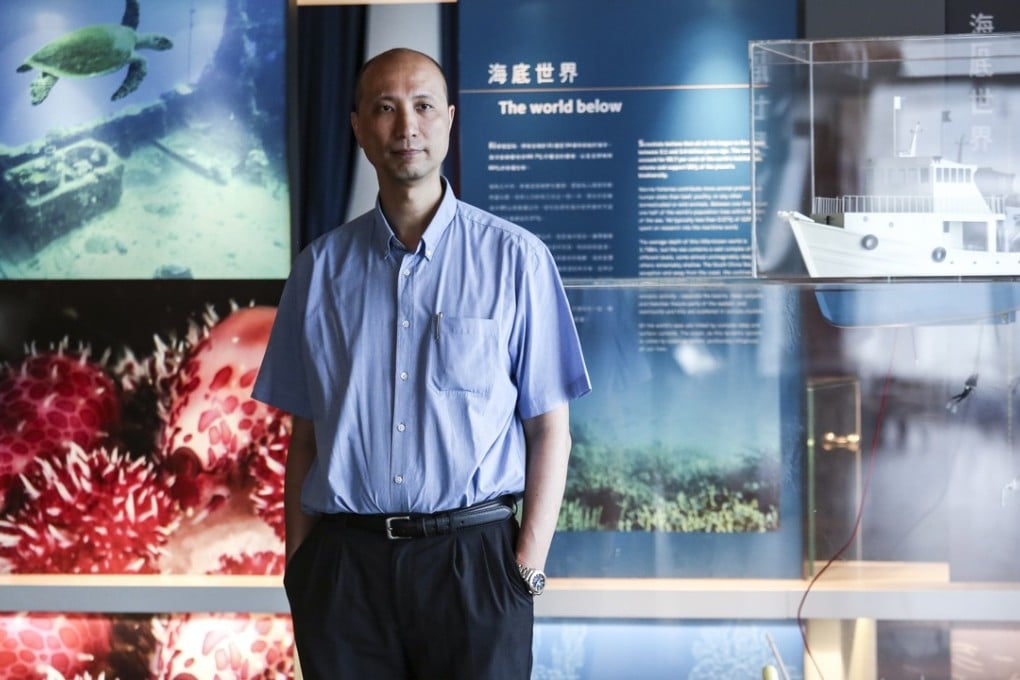History buff dives deep to protect Hong Kong’s underwater past
Engineer Rick Chan Kei-yip wants more effort and funding put into preserving city’s heritage as a maritime trading hub

The words “heritage conservation” normally bring up images of old buildings around Hong Kong, but we do not think about cultural preservation underwater very often.
That is the sort of mindset engineer Rick Chan Kei-yip wants to change. He believes that Hong Kong needs to gain a better understanding of the city’s cultural identity as a trading port, and that we should do more to learn from and appreciate the past. That is why he spends a lot of his spare time with his friends diving for artefacts in the seas around Hong Kong.
“After we finished a few projects, we wanted to keep going to see how much we could find in Hong Kong waters because not many people are doing this. Maybe they have found something, but they don’t know how to record it or deal with it,” he said.
Chan, 46, first became interested in underwater heritage when he took a course in nautical archaeology and found out just how much the seas have played a part in the city’s history. His growing interest led him to establish the Hong Kong Underwater Heritage Group with his friends in 2009.
Dedicated to preserving the city’s cultural past as a maritime trading hub, the group has found and lifted hundreds of artefacts from Hong Kong waters. These projects are only sporadically funded by the government even though they turn in all the objects and research findings to the authorities.
Among the items recovered is an anchor stock – the top part of an anchor – believed to be from the Song dynasty. More than 1,000 years old, the anchor stock was discovered near Basalt Island. There is also a carronade, or cannon, that was found off High Island. It weighs one tonne and is believed to be from the 1830s to 1850s.